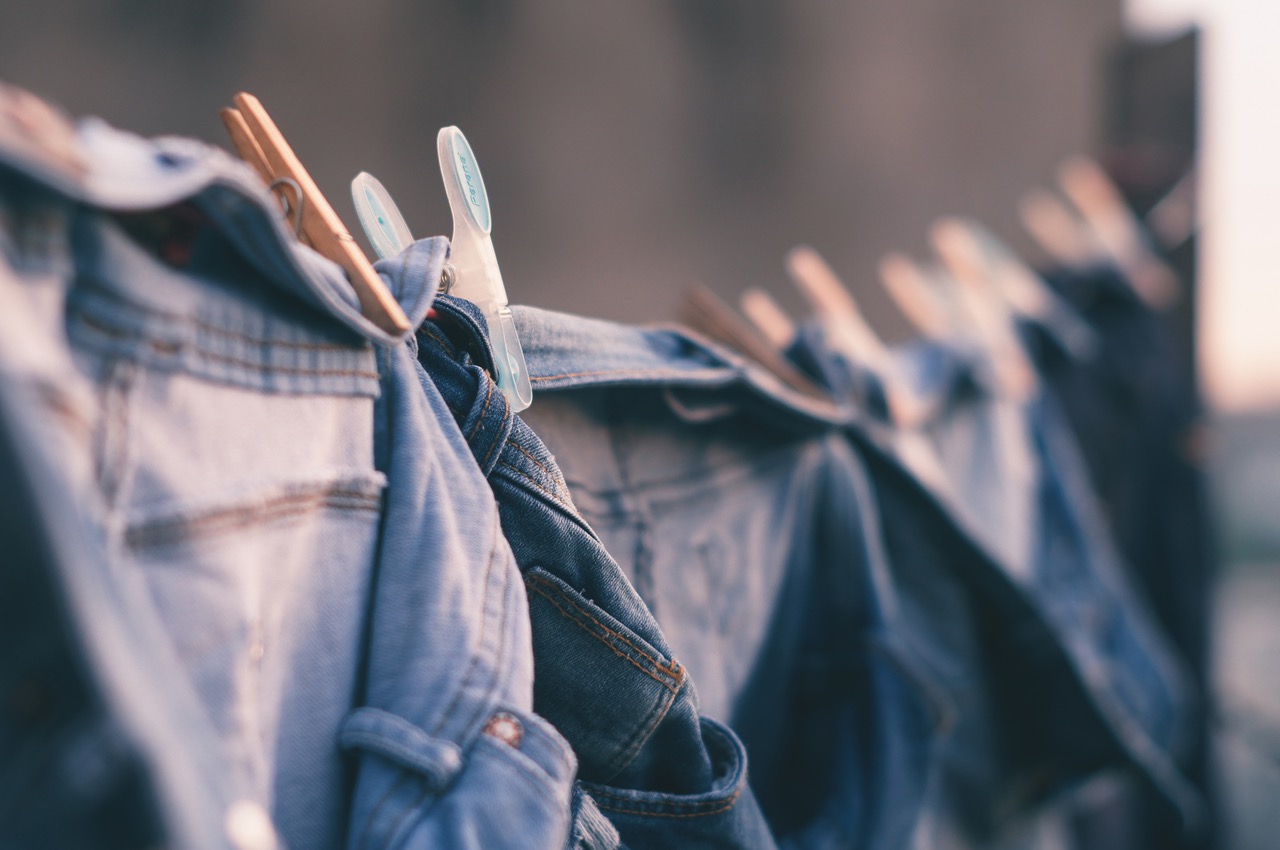What Actually Happens to Your Donated Clothing?
Author: Dr. Joseph Mercola | Published: January 17, 2017
Most Americans have closets overflowing with clothing — some of which may rarely if ever be worn. Inexpensive clothing — so-called “fast fashion” — has become so common, it’s not unusual for people to throw away clothes worn only once or twice.
In fact, Americans buy 500 percent more clothing today than we did in the 1980s.1But the low price tag is deceptive. Upon further scrutiny, each item of clothing exacts a significant toll on the environment, and on human health across the globe.
Each year, Americans buy an astounding 22 billion items of clothing, and only 2 percent of these items are made in the U.S. Transportation alone, since each item has been shipped numerous times from country to country by the time it ends up in a retail store, creates an enormous amount of air pollution.
In an apparent reaction to decades of excess, recent years have seen a revival of “minimalism” and more environmentally-conscious fashion.
Bestselling books like Marie Kondo’s “The Life-Changing Magic of Tidying Up” have led many to clear out their previously brimming closets. But what actually happens to all of the discarded clothing?
Most of Your Discarded Clothes End Up in Landfills
Most people will drop clothes off at a donation center such as Goodwill, thinking they will get re-sold to someone with limited means who really needs them. In reality, much of the discarded clothing ends up in landfills.
In 2013 alone, a staggering 12.8 million tons of textiles were sent to landfills — that’s more than 7 percent of the total U.S. landfill waste — costing charitable organizations millions of dollars in various fees and transport expenses, to boot.2
But the vast majority are sold to textile recyclers and carpet manufacturers. According to a 2006 report by ABC News,3 upward of 90 percent of clothing donations to charitable organizations end up with textile recyclers.
Only 10 percent are offered for sale to struggling Americans looking for a bargain. As noted by The Huffington Post:4
“Knowing how Goodwill works can help you make smarter decisions when deciding if another jeans purchase is really worth it for you, for the donations staff and for the environment.”
It’s also worth noting that those used clothing donation bins you may find scattered throughout your neighborhood typically belong to for-profit textile recycling companies that sometimes falsely disguise themselves as charitable organizations.5
What Happens to Your Clothes Once You Drop Them Off With Goodwill?
According to Huffington Post associate lifestyle editor Suzy Strutner, Goodwill will sort through donations to determine what can be sold and what cannot. If it’s in near-perfect condition, it will remain on the sales floor for four weeks. After that, the item gets sent to a “Buy the Pound” liquidation outlet.
Most other charitable organizations that deal in used clothing operate in in the same way.6
Whatever isn’t sold in these outlet stores gets sent on to Goodwill auctions, where you bid on entire bins without knowing precisely what you’re getting. Whatever still remains at this point is sent to textile recycling organizations such as SMART, a trade association for textile recyclers.

